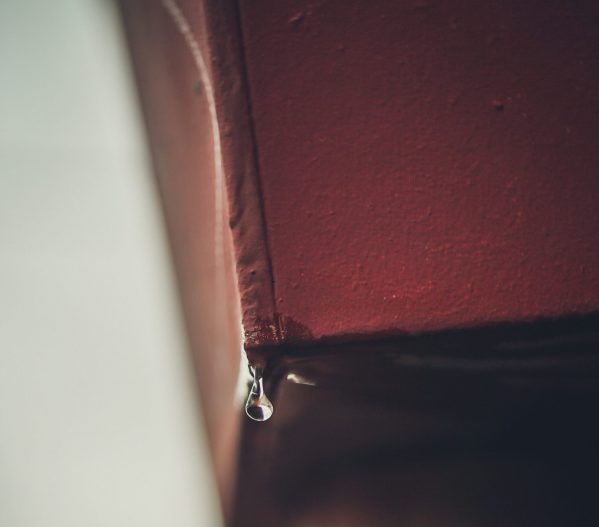As a premier Arlington roofing company, we hear many questions regarding general roof maintenance and care. A question that we anticipate hearing a lot is “how do I fix my leaking roof?” Unfortunately, if your roof is already to the point where you notice it within your home or ceilings, most likely, your roof has been in poor condition and susceptible to leaks for quite some time.
The best way to prevent a leaking roof is not to deal with the problem retroactively but to be proactively maintaining your roof, so the risk of leaks is very minimal in the first place.
In this article, we are going to discuss how you can protect/prevent your roof from becoming an ineffectual leaking roof.
- Drip Edge – Keep Water Flowing Off The Edge Of Your Roof
A drip edge is a cut of metal flashing that is installed around the edges of your roof to ensure that water flows correctly away from the fascia. Drip edges not only prevent water from pooling on your roof – but they also prevent water from reaching the underlying roof components and creating leaks.
Drip edges can be hardly noticeable to the untrained eye when installed by professionals, and they greatly help reduce the chances you will have to deal with a leaking roof.
- Roof Penetrations – Check The Vulnerable Spots
Different components pop out of your roof and create a 90-degree angle for water to run down. Chimneys, skylights, roof boots, antennas, and other ventilation objects penetrate your roof and create areas of vulnerability.
These areas where objects pass through your roof for access to the outside are the most common sources of roof leaks. It’s important to inspect the flashing, seals, and bonds that fascinated all of the objects tightly to your roof and prevent leaks. If they are at all compromised, you’re almost guaranteed to get leaks in your roof.
- Keep Your Gutters Clear – Make Sure Your Gutters Flow Well
Gutters are your roof’s best friend if they are operating as intended. If your gutters are not flowing properly, water is going to the pool and damage your roof and cause severe damage to your home.
Water that doesn’t flow properly through your downspouts can pool and backup over the brim of your gutters. From there, water can get to the sublayer of your roof. This eventually causes wood decay, dry rot, and leaks.
Beyond the damage that blocked gutters can cause to your roof, they can also compromise your home’s foundation. Water that overflows from the brim of your gutters will run down the side of your home. This water will pool next to your foundation. When the water that is adjacent to your foundation freezes, it can cause significant damage to your home.
- Inspect You Attic – The Leaks May Not Be Coming From The Roof
It is reasonable to think that leaks in your ceiling are coming from leaks in your roof. However, it can be the case that condensation has built up in your attic. So, the leak in the ceiling is not coming from any issue in your roof.
Why would there be condensation and high levels of moisture building up in your attic? There are a few common culprits, number one being improper ventilation. If the attic is doesn’t have a functioning ventilation system, high-moisture levels can cause damage. Other culprits include faulty plumbing, mold infestation, air conditioning, animal infestations, and more. The lesson here is to inspect your attic along with your roof when looking for the issue.
Do You Think You Have Wood-Destroying Insects In Your Roof? Read Our Blog To Learn More
The Best Defense Against Roof Leaks Is A Good Offense
As we had mentioned earlier in the article, it’s much more difficult and costly to deal with a leaking roof AFTER you have noticed there is a problem. All the expenses and headaches can be avoided by contracting roofing professionals to inspect and maintain the quality of integrity of your roof BEFORE roof leaks become an issue.
Once roof leaks cause damage to your home, you’ll need more than a roofing crew – you’ll need a general contractor!
To best avoid these headaches, contact us to ensure your roof is working properly.


